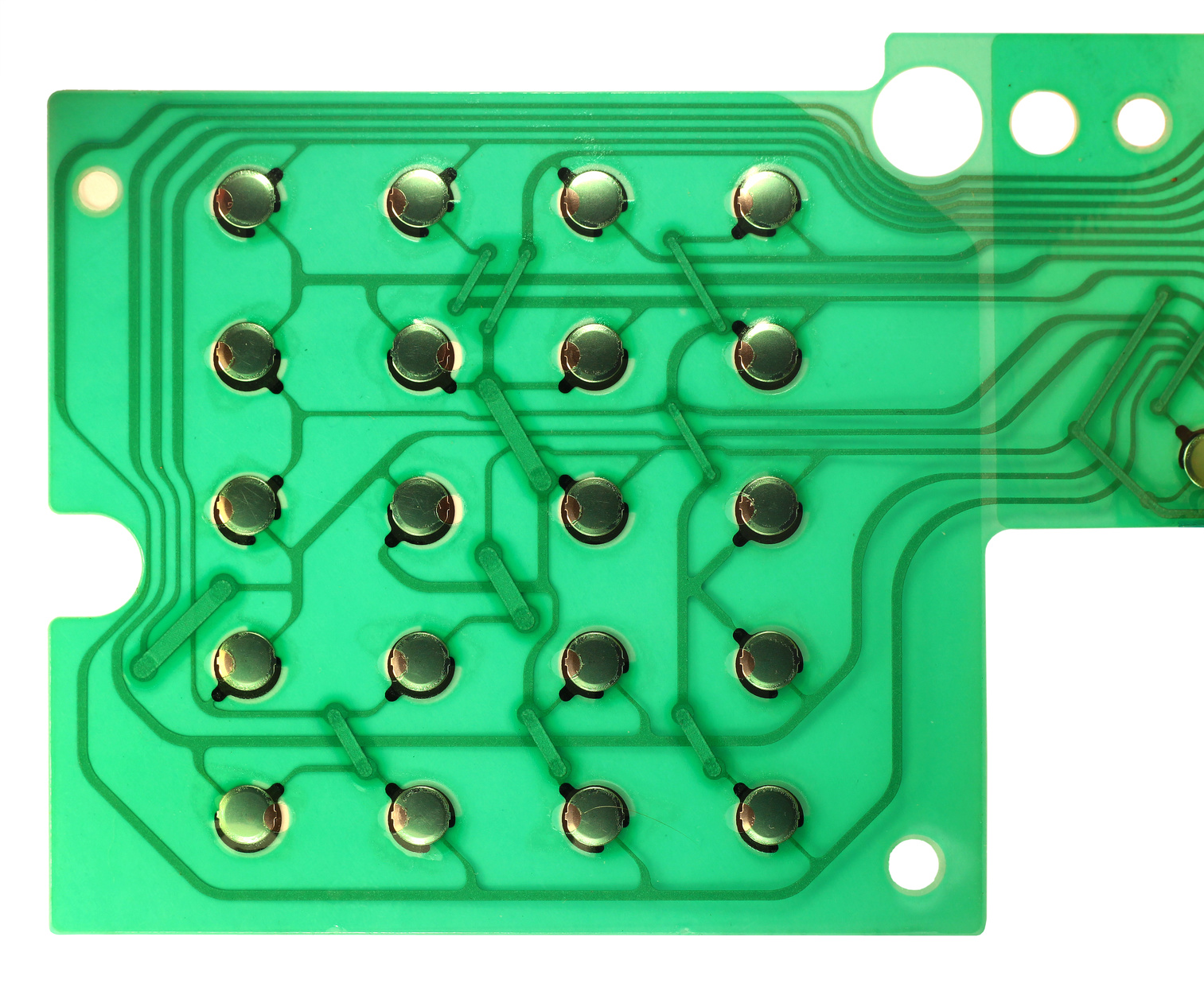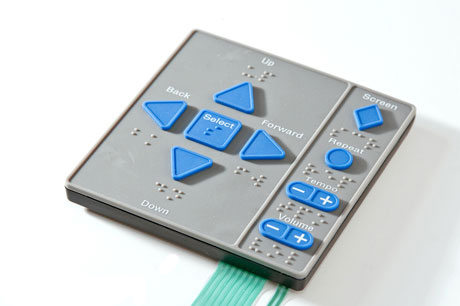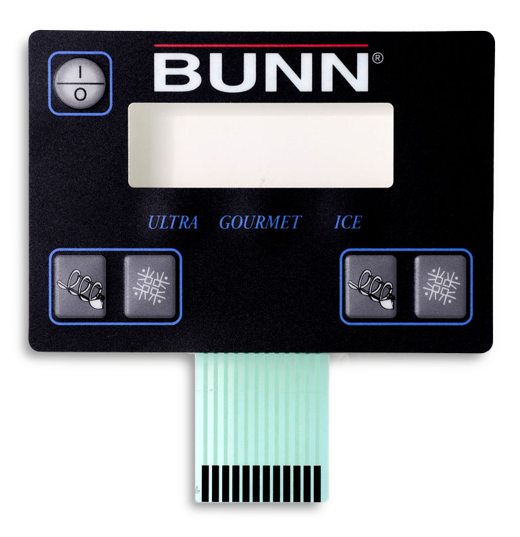Membrane Switches vs. Traditional Switches: What You Need to Know
Membrane Switches vs. Traditional Switches: What You Need to Know
Blog Article
Understanding the Significance of Membrane Switches in Individual User Interfaces
Membrane buttons are indispensable components in the style of efficient customer interfaces, promoting not only functionality however likewise improving visual allure and individual communication. As we discover the future trends and various advantages connected with Membrane innovation, it comes to be clear that these buttons are a lot more than just elements; they stand for a convergence of advancement and functionality.
What Are Membrane Buttons?

The spacer layer, which contains glue properties, enables the splitting up of the circuit layer from the overlay, guaranteeing that the switch continues to be in a non-activated state up until pressed. When stress is related to the overlay, it compresses the spacer layer, bridging the void and completing the circuit in the underlying layer. This design not just decreases the physical space needed for conventional mechanical switches yet likewise enhances the longevity of the gadget, as Membrane buttons are typically immune to dust, dampness, and other environmental aspects.
Typically found in applications varying from consumer electronic devices to medical tools, Membrane buttons are important to modern technology, supplying a reliable and straightforward interface that aligns with modern style requirements.
Benefits of Membrane Buttons
While countless switch modern technologies exist, Membrane Switches offer unique benefits that make them especially preferable in various applications. Among the primary advantages of Membrane buttons is their compact design, which permits space-saving implementations in devices where property is restricted. Their slim profile not only boosts visual appeal however additionally helps with light-weight building and construction.
Another considerable benefit is their resistance to ecological factors. Membrane switches are commonly secured against wetness, dirt, and impurities, making them ideal for use in requiring environments, such as clinical tools and commercial equipment. This durability prolongs the life-span of the switch, decreasing maintenance expenses and improving dependability.
Additionally, Membrane buttons can be tailored to fulfill details design requirements, incorporating unique graphics and colors that enhance user interaction. Their tactile feedback options can also be tailored to provide a satisfying user experience. Additionally, Membrane buttons are cost-efficient, specifically in high-volume applications, as they can be generated successfully.
Applications in Different Industries

In the consumer electronics sector, Membrane switches are common in tools such as microwaves, washing devices, and push-button controls. Their responsive feedback and visual choices boost individual experience while giving a smooth, modern look. Furthermore, auto suppliers utilize Membrane switches in dashboard controls and infotainment systems, where room is restricted, and customer interaction is crucial.
In addition, the industrial market leverages Membrane buttons in control panels for equipment and tools, permitting instinctive procedure in usually severe environments. Their resistance to chemicals and wetness makes certain durability and dependability in these applications. Generally, the versatility of Membrane Switches contributes significantly to their extensive usage, making them important in different technological domains.
Design Factors To Consider for Membrane Buttons

When making Membrane switches, numerous vital considerations have to be thought about to make sure optimum capability and customer experience. Firstly, the selection of products is essential; picking resilient, top quality substrates can improve the button's long life and resistance to environmental aspects such as moisture and temperature changes.
Second of all, the layout of the visuals overlay must prioritize clarity and simplicity of usage. Icons and message need to be readable, and the format ought to facilitate intuitive interaction (membrane switches). Furthermore, responsive responses is essential; incorporating a tactile dome or various other mechanisms can improve the customer experience by offering physical confirmation of activation
Another crucial factor is the switch's electric performance. Developers must ensure that the conductive traces are appropriately designed to decrease resistance and stay clear of signal interference. This involves examining the needed actuation pressure and guaranteeing compatibility with the digital components they will certainly interface with.

Future Trends in Membrane Innovation
As technology remains to development, Membrane buttons are their explanation positioned to develop considerably, driven by advancements in products and producing methods. One arising trend is the unification of sophisticated products, such as conductive inks and versatile substrates, which boost longevity and reduce the total weight of Membrane buttons. These materials not just improve the tactile response however likewise permit the layout of switches that can stand up to harsher ecological conditions.
Furthermore, the integration of touch-sensitive modern technologies is changing traditional Membrane Switches into more interactive interface. Capacitive touch sensors embedded within Membrane button panels can offer a more receptive and instinctive individual experience, lining up with the growing demand for smooth, modern-day layouts in consumer electronics.
Additionally, innovations in printing strategies, such as electronic and 3D printing, allow quick prototyping and personalization of Membrane buttons. This versatility enables manufacturers to react much more swiftly to market needs and consumer choices.
Finally, sustainability is becoming a substantial focus, with makers checking out eco-friendly materials and processes. As these trends unfold, the future of Membrane innovation promises enhanced capability, aesthetic allure, and ecological duty, solidifying their duty in advanced interface across numerous sectors.
Final Thought
In conclusion, Membrane Switches stand for an essential element in the layout of user interfaces, combining functionality with aesthetic versatility. As innovations in innovation continue, the advancement of Membrane switches is anticipated to more improve user interfaces, driving innovation and enhancing functionality in a significantly complex technical landscape.
Membrane buttons are important elements in the style of efficient individual interfaces, facilitating not just performance yet additionally improving aesthetic appeal and customer interaction.Membrane Switches offer as a vital element in different individual interfaces, facilitating a smooth interaction in between users and electronic gadgets.While various switch innovations exist, Membrane Switches offer unique advantages that make them specifically desirable in numerous applications.In addition, Membrane switches can be tailored to satisfy certain design requirements, including special graphics and shades that enhance user communication.In conclusion, Membrane Switches stand for a vital element in the style of individual interfaces, combining functionality with aesthetic adaptability.
Report this page